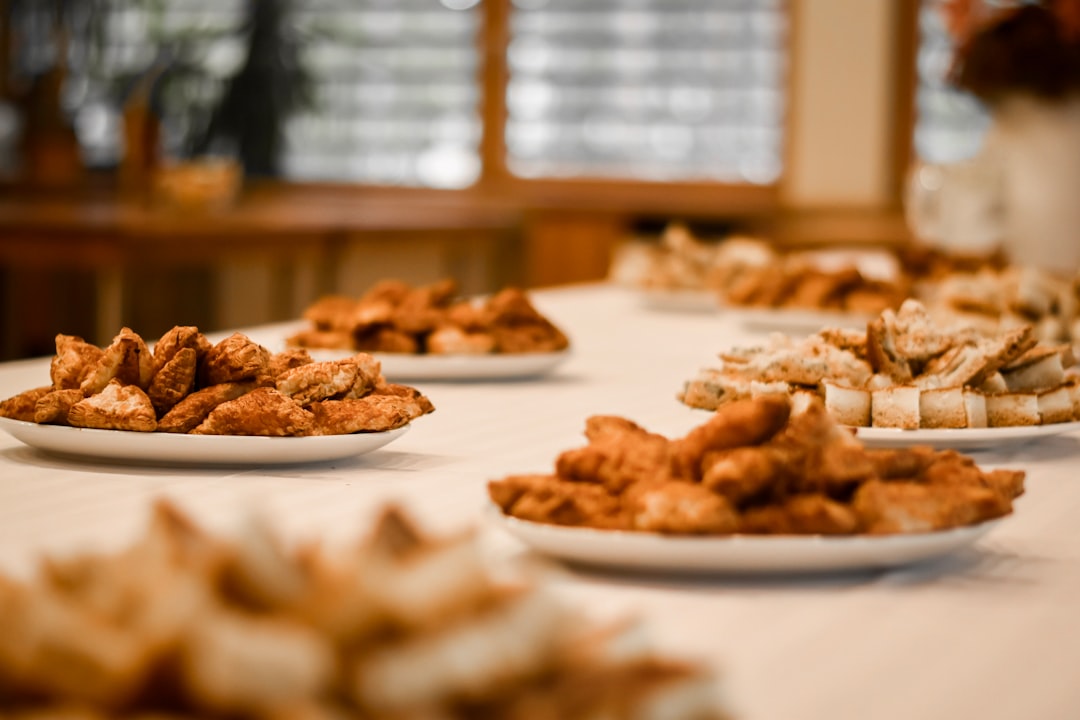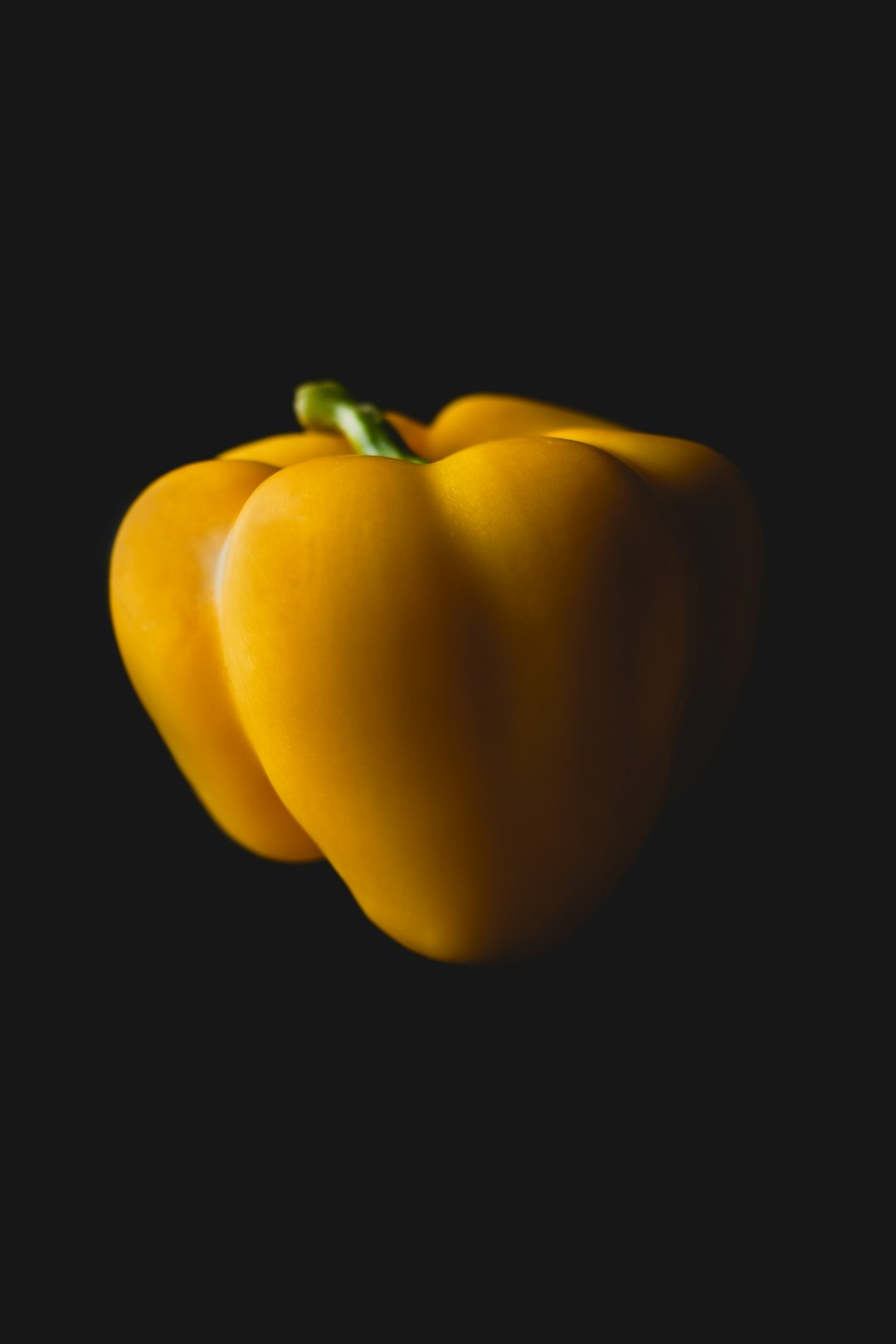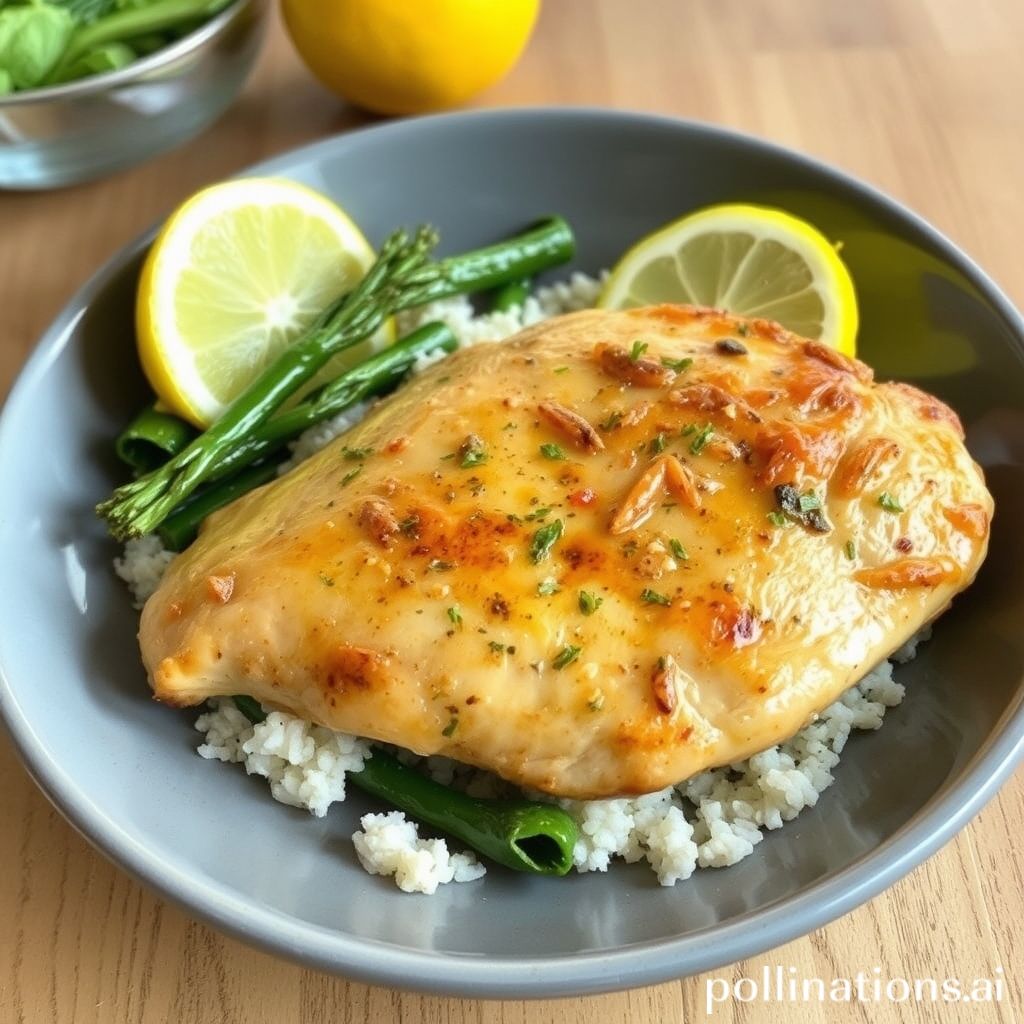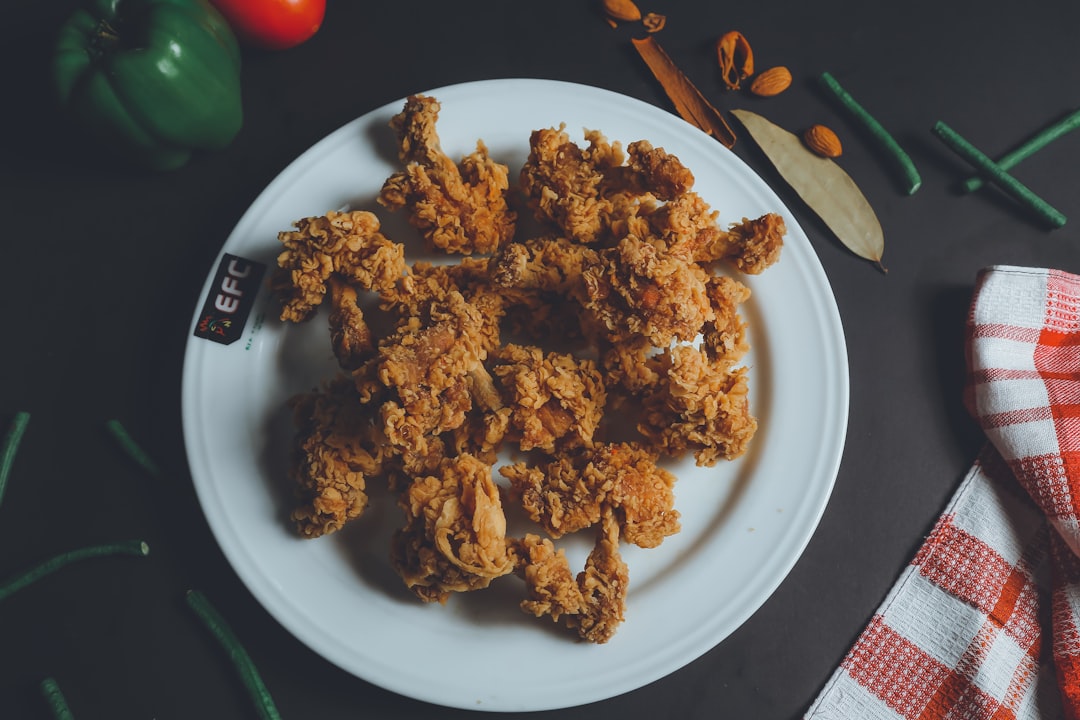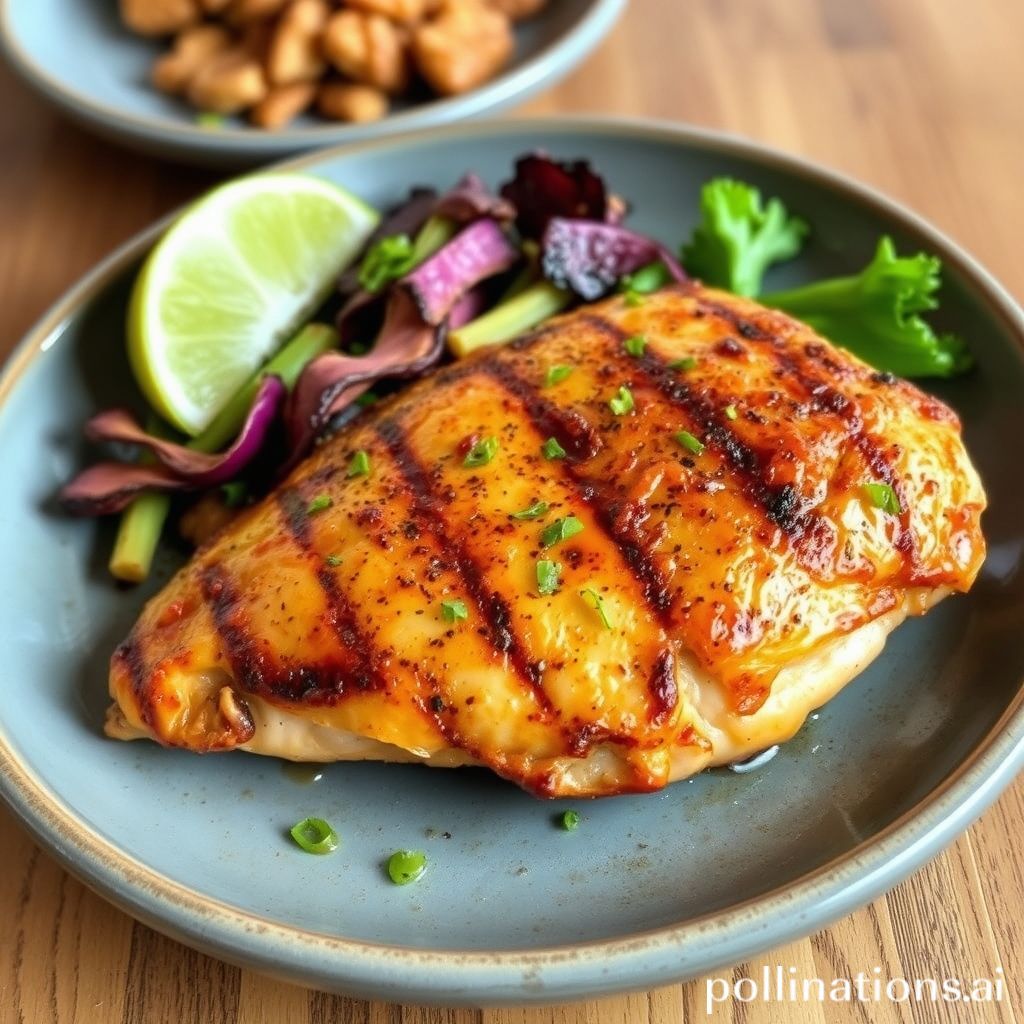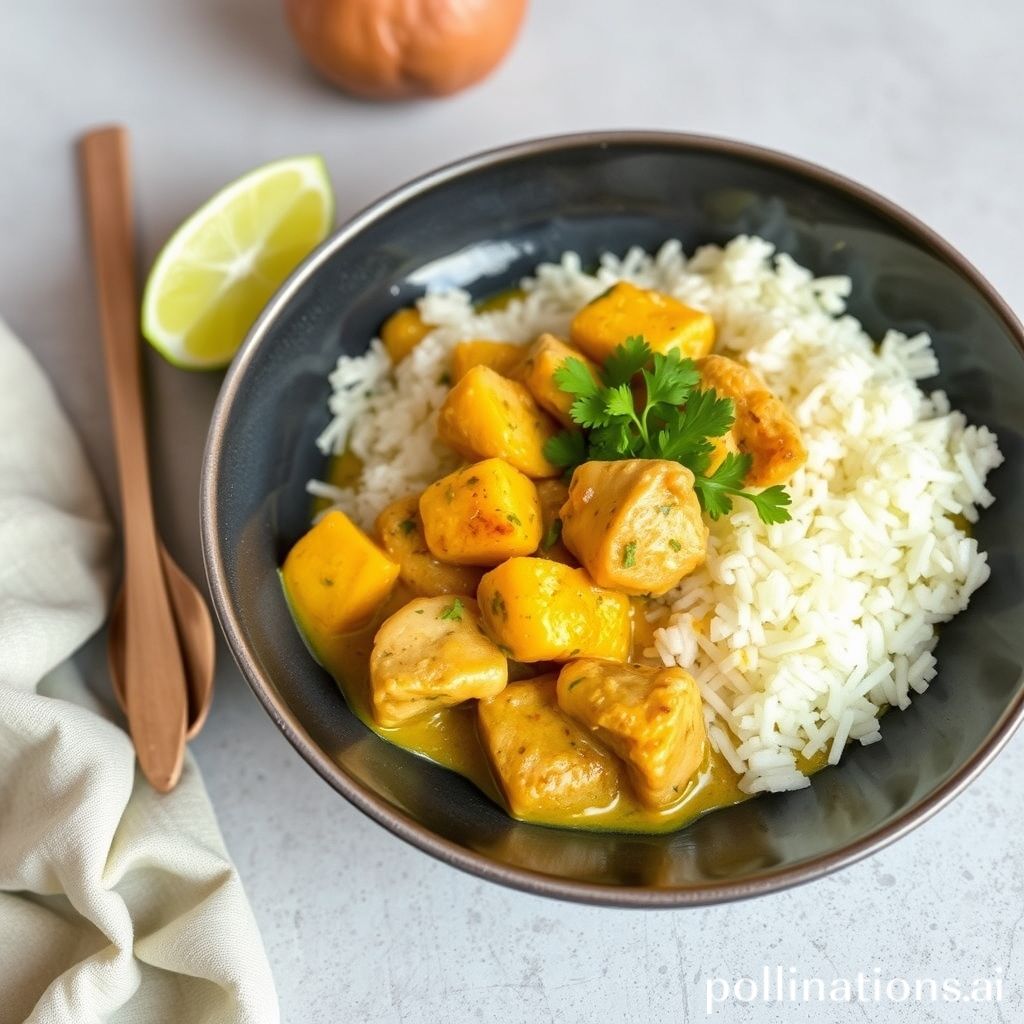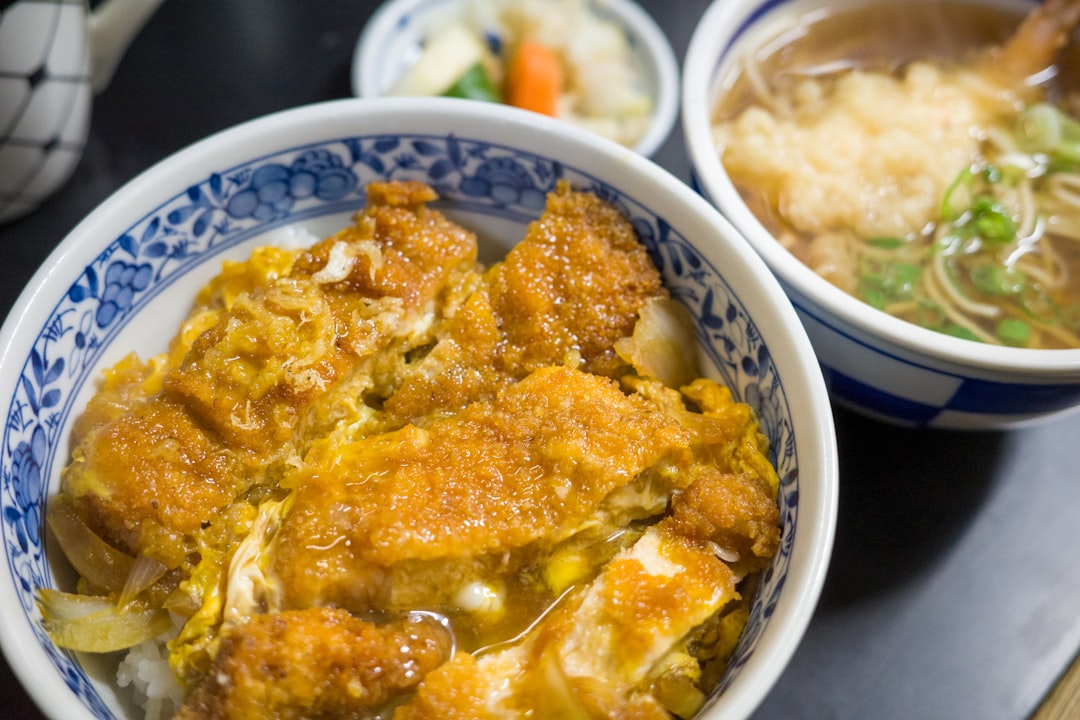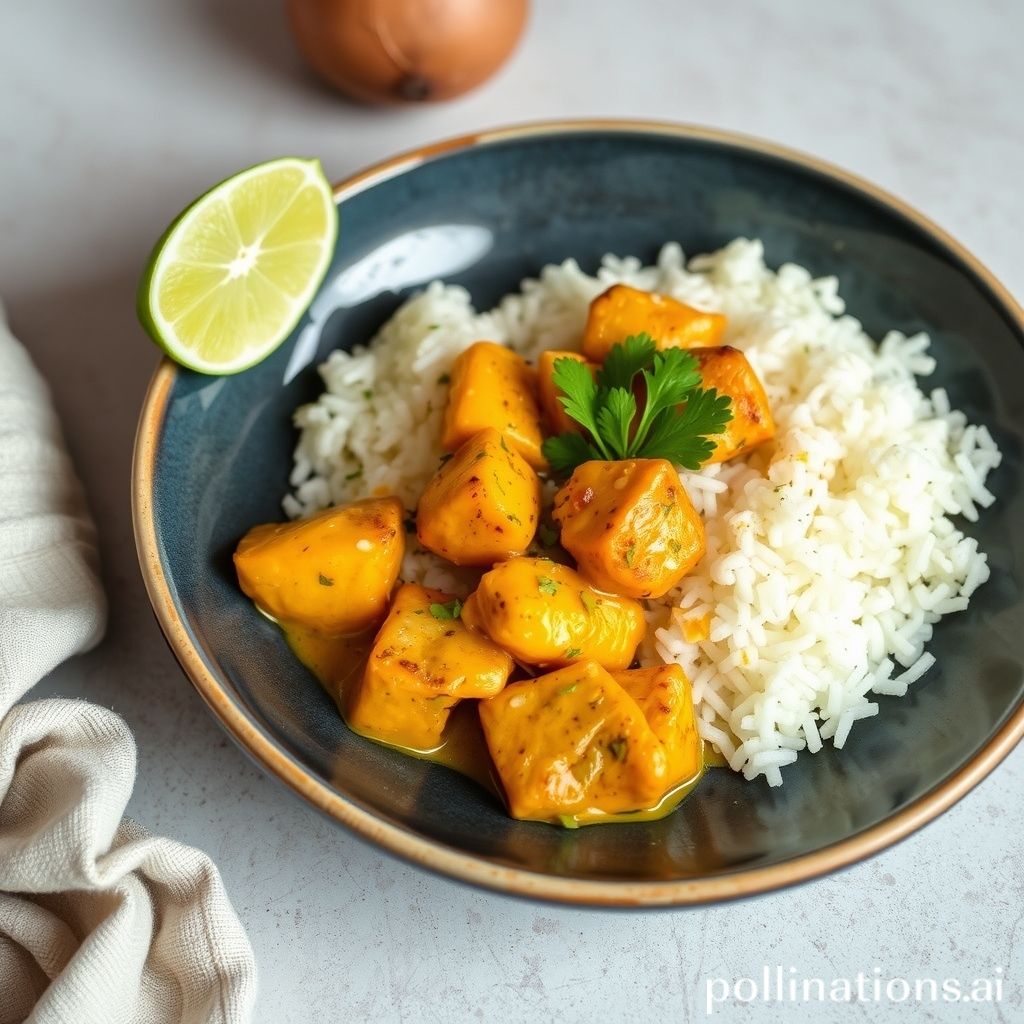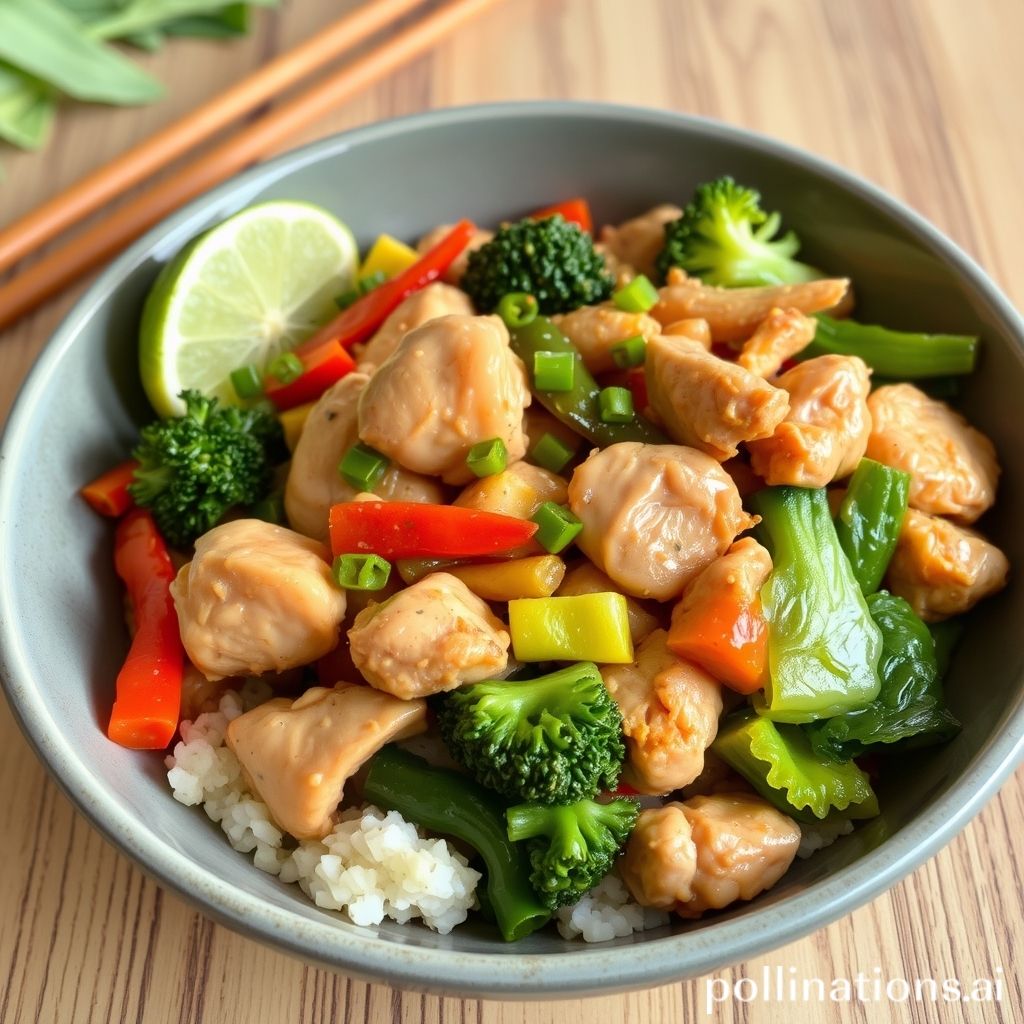Table of Contents
- Introduction
- Ingredients required and their alternatives
- Step-by-step preparation process
- Tips for achieving the perfect crispiness
- Nutritional benefits and calorie count
- Serving suggestions and pairing ideas
- Storing and reheating leftovers
- Common mistakes to avoid
- Variations and creative twists on the recipe
- Conclusion
- Frequently Asked Questions
Introduction
Are you ready to embark on a culinary journey that’ll transform your kitchen into a hub of tantalizing flavors? Gather up these key ingredients: 1 lb of chicken tenders, 1 cup of all-purpose flour, 1 cup of breadcrumbs, 2 eggs, 1/2 tsp of garlic powder, 1/2 tsp of onion powder, salt and pepper to taste, and 1 cup of buffalo sauce. These essentials will soon become the stars of your next favorite dish!

Satisfy Your Cravings: The Ultimate Guide to Crispy Baked Buffalo Chicken Tenders delves into the art of baking these mouthwatering delights to golden perfection, crispy on the outside and tender on the inside. We’ll walk you through each step, ensuring your preparation is seamless, fun, and packed with flavor.
Unlock the secrets to a healthier twist on a classic favorite, perfect for any occasion from Game Day gatherings to family dinners. Whether you’re a seasoned chef or a kitchen novice, this guide offers tips and tricks to elevate your buffalo chicken tenders to gourmet status, leaving you—and anyone lucky enough to join you—craving more.
Ingredients required and their alternatives
To make crispy baked buffalo chicken tenders, you’ll need a variety of ingredients that can be easily found in most kitchens. Start with boneless, skinless chicken tenders, which are the star of the dish. If unavailable, you can substitute with chicken breast slices. For the coating, you will need breadcrumbs; panko breadcrumbs work exceptionally well for added crunch. As an alternative, crushed cornflakes can provide a similar crispy texture.
You’ll also require all-purpose flour for dredging. For those seeking a gluten-free option, almond flour or a gluten-free blend can be used. Eggs are needed to help the breadcrumbs adhere, but if you’re vegan or allergic, a mixture of water and flaxseed meal can serve as an egg substitute.
The buffalo sauce is made from hot sauce and butter, combined to create that signature flavor. For a healthier choice, use olive oil or ghee instead of butter. If you’re sensitive to spice, consider using a milder hot sauce or adding honey to balance the heat. Lastly, seasonings like garlic powder, onion powder, salt, and pepper will enhance the flavors of the chicken.
Step-by-step preparation process
To prepare crispy baked buffalo chicken tenders, begin by preheating your oven to 400°F (200°C). Line a baking sheet with parchment paper or lightly grease it with cooking spray. Gather 1 pound of chicken tenders and pat them dry with paper towels. Set up a breading station with three shallow dishes: one with 1 cup of flour, another with 2 beaten eggs, and the third with a mixture of 1 cup of panko breadcrumbs and 1 teaspoon of garlic powder, onion powder, paprika, salt, and pepper. Start by dredging each chicken tender in the flour, ensuring it’s fully coated, then dip it into the beaten eggs, and finally roll it in the panko mixture, pressing down to adhere. Place the coated chicken tenders on the prepared baking sheet. Bake in the preheated oven for 15-20 minutes until golden brown and cooked through. Meanwhile, melt 1/2 cup of unsalted butter and mix it with 1/2 cup of hot sauce in a bowl. Once the chicken is done baking, toss the tenders in the buffalo sauce to coat them evenly. Serve with your favorite dipping sauce and enjoy these deliciously crispy buffalo chicken tenders!
Tips for achieving the perfect crispiness
Achieving the perfect crispiness in baked buffalo chicken tenders is all about the right combination of techniques and ingredients. First, start by patting the chicken tenders dry with a paper towel. This helps remove excess moisture, which can prevent the coating from sticking and crisping up in the oven.
For the coating, a mixture of panko breadcrumbs and cornmeal can make all the difference. Panko breadcrumbs are coarser than regular breadcrumbs, providing a light and crunchy texture. Adding cornmeal boosts the crunch factor and gives the tenders a satisfying bite.
Ensure even coating by first dipping the chicken in flour, then egg, and finally the breadcrumb mixture. Make sure to press the breadcrumb mixture onto the chicken firmly to ensure it adheres properly.
A high oven temperature of around 400°F (200°C) is essential for achieving that golden-brown finish. This temperature cooks the chicken through while crisping up the outside to perfection. Finally, placing the tenders on a wire rack set over a baking sheet allows air to circulate all around the chicken, ensuring an even bake and preventing the bottom from becoming soggy. Follow these tips, and you’ll enjoy irresistibly crispy buffalo chicken tenders.
Nutritional benefits and calorie count
Crispy Baked Buffalo Chicken Tenders offer a delicious way to enjoy a classic dish without the guilt of deep-frying. One of the key nutritional benefits of these tenders is their high protein content. Chicken is packed with lean protein, essential for muscle growth and repair, making it an ideal choice for those seeking to maintain or increase their protein intake. In addition to protein, chicken is a good source of vitamins and minerals, such as B vitamins, selenium, and phosphorus.
When baked instead of fried, these Buffalo Chicken Tenders contain significantly less fat and calories, making them a healthier alternative. The baking process helps to retain the nutrients present in the chicken while reducing the amount of unhealthy trans fats.
On average, a serving of Crispy Baked Buffalo Chicken Tenders contains approximately 200-250 calories, which makes it a suitable option for those watching their calorie intake. This dish is perfect for a balanced diet, offering a tasty blend of flavor and nutrition. Utilizing whole wheat bread crumbs or almond flour instead of traditional flour can further enhance the health benefits by adding fiber and healthy fats.
Serving suggestions and pairing ideas
When serving crispy baked buffalo chicken tenders, presentation and pairing can truly elevate the meal. These zesty tenders pair excellently with a variety of sides and accompaniments.
For a classic touch, serve them alongside a creamy blue cheese or ranch dipping sauce, which can help temper the heat of the buffalo sauce. A fresh vegetable platter with celery, carrot sticks, and cherry tomatoes not only adds a crunch but also balances the spices with refreshing flavors.
If you’re aiming for a more substantial meal, consider pairing these tenders with a side of garlic mashed potatoes or a crisp Caesar salad. Sweet potato fries can offer a sweet compliment, cutting through the spicy notes.
For drink pairings, a cold, crisp lager or pale ale matches well with the bold, spicy flavors of the tenders. Alternatively, a chilled glass of Sauvignon Blanc or a light, fruity rosé can work wonderfully too.
Whether it’s a family dinner or a game day snack, thoughtful serving and pairing options are pivotal in making these buffalo chicken tenders a hit at any gathering.
Storing and reheating leftovers
Properly storing and reheating leftover crispy baked buffalo chicken tenders is essential to maintaining their flavor and texture. To store them, first allow the chicken tenders to cool completely at room temperature. Once cooled, place them in an airtight container or wrap them tightly in aluminum foil or plastic wrap. Store them in the refrigerator for up to 3-4 days.
When it comes to reheating, the goal is to keep them crispy. Preheat your oven to 350°F (175°C). Place the chicken tenders on a baking sheet lined with parchment paper or a baking rack to ensure even reheating. Heat them in the oven for about 10-15 minutes, or until they are heated through and the exterior is crispy. Alternatively, you can reheat them in an air fryer for 5-6 minutes at 360°F (182°C) for a quicker option.
Avoid using a microwave for reheating as it tends to make the chicken tenders soggy. If you have leftover sauce, serve it on the side to dunk the chicken tenders and refresh their buffalo flavor. By following these steps, you can enjoy your leftovers with the same delicious taste and texture as when they were freshly baked.
Common mistakes to avoid
When preparing crispy baked buffalo chicken tenders, it’s essential to avoid some common mistakes to achieve that perfect crunch and flavor. One major mistake is overcrowding the baking sheet. Ensure that the chicken tenders are spaced out evenly to allow for proper air circulation. This helps them bake evenly and become crispy rather than steaming and becoming soggy.
Another frequent mistake is not using a wire rack when baking. Elevating the chicken tenders on a wire rack allows the heat to circulate on all sides, promoting even browning and crispiness. Additionally, it’s crucial not to skip the step of patting the chicken tenders dry before dredging them in flour. Excess moisture can prevent the coating from adhering properly and turning crispy.
It’s also important to carefully measure the mix of spices in the buffalo sauce; too much sauce can make the tenders soggy and overpower the flavor of the chicken. Similarly, don’t rush the baking process by using too high a temperature, as this can result in uncooked, rubbery chicken. Instead, bake at a moderate temperature for the best texture. Lastly, let the chicken rest for a few minutes after baking to help set the coating and ensure juiciness inside.
Variations and creative twists on the recipe
Adding creative twists to crispy baked buffalo chicken tenders can elevate this classic dish to new culinary heights. One popular variation is to incorporate different spices into the breading mix to infuse extra flavor. For instance, adding garlic powder, onion powder, or smoked paprika can offer a unique aroma and depth.
For a gluten-free version, substitute traditional breadcrumbs with almond meal or crushed cornflakes. This not only caters to those with dietary restrictions but also provides an interesting texture contrast.
If you’re looking to add a hint of sweetness to balance the heat, consider drizzling honey over the tenders just before baking or mixing a small amount of maple syrup in the buffalo sauce.
Another creative twist involves stuffing the chicken tenders with cheese or jalapeños for an unexpected burst of flavor with each bite. Cheddar or cream cheese works wonderfully, complementing the spicy notes of the buffalo sauce.
To make the tenders visually appealing, garnishing with finely chopped cilantro or green onions adds a pop of color and freshness. Whichever variation you choose, these tweaks ensure that your buffalo chicken tenders are anything but ordinary, offering delightful surprises in every bite.
Conclusion
As you journey through the ultimate guide to crispy baked buffalo chicken tenders, remember that mastering this delightful dish can transform any meal into a flavorful experience. With the right ingredients, precise techniques, and a few creative twists, you can achieve restaurant-quality tenders right from your kitchen. Whether you opt for the classic spicy version or explore variations that cater to dietary needs, the objective is clear: savor every bite of these crispy delicacies. For those eager to expand their chicken cooking repertoire further and immerse themselves in a world of diverse, mouthwatering chicken recipes, consider adding “The Chicken Bible: Say Goodbye to Boring Chicken with 500 Recipes for Easy Dinners, Braises, Wings, Stir-Fries, and So Much More” to your collection. This comprehensive book is your passport to countless delicious dishes that will ensure your culinary adventures never run dry. Embark on a cooking journey like no other and redefine what chicken can be!
